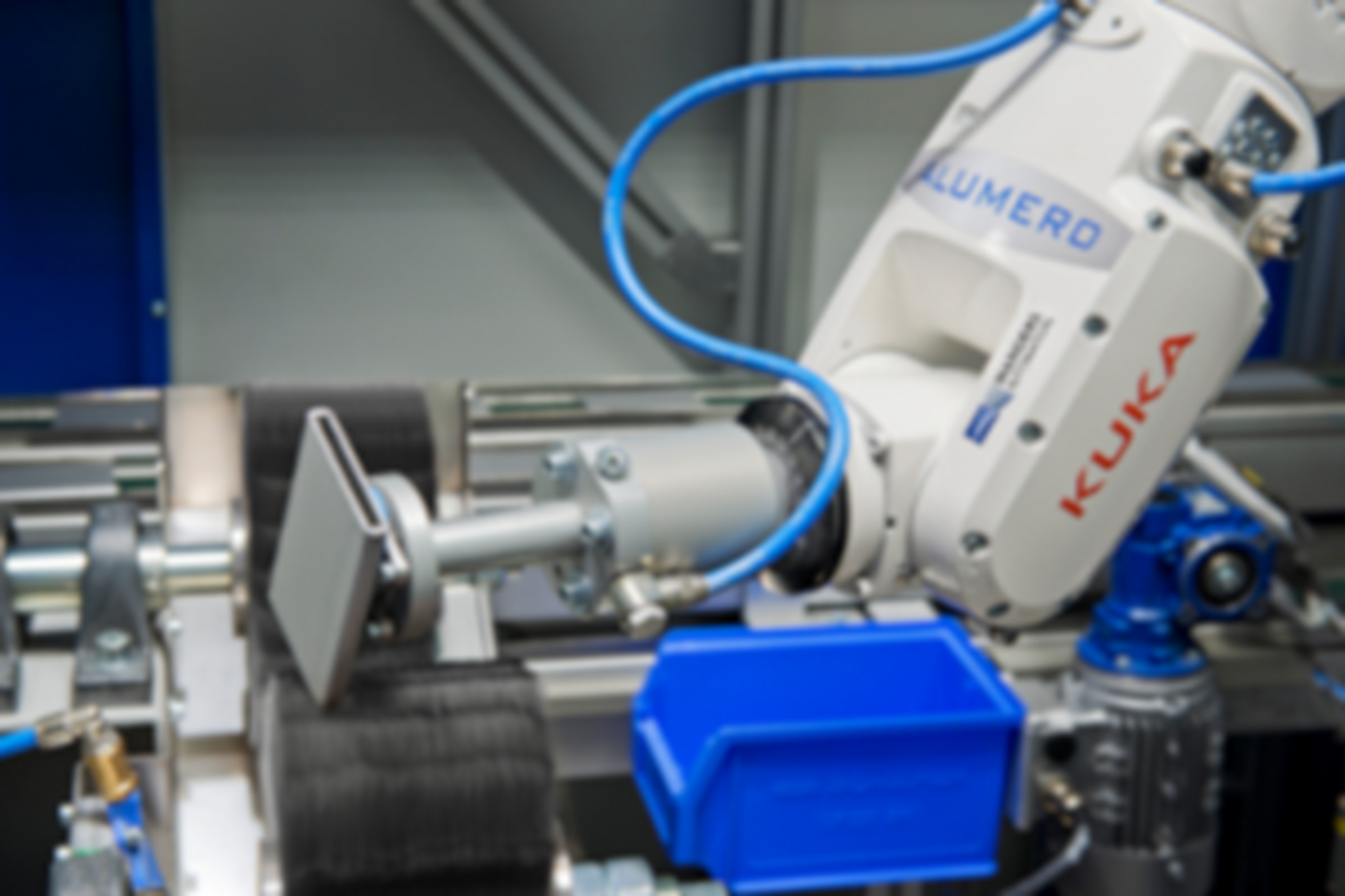Automation solutions from KUKA
For many years, KUKA has been solving the problems of its customers, and ensuring their success, with efficient, state-of-the-art automation solutions. You will find an overview of customer projects from all KUKA divisions. Search for solutions in your industry or for similar problems and get in touch with KUKA helping its customers to move forward.














